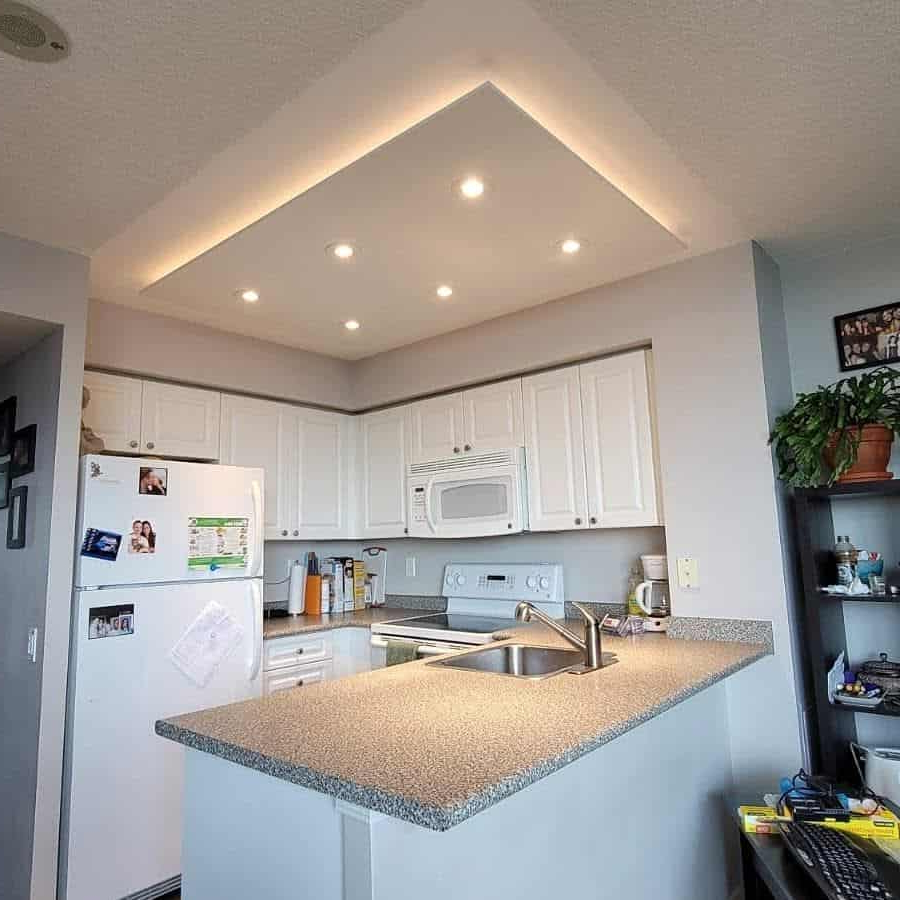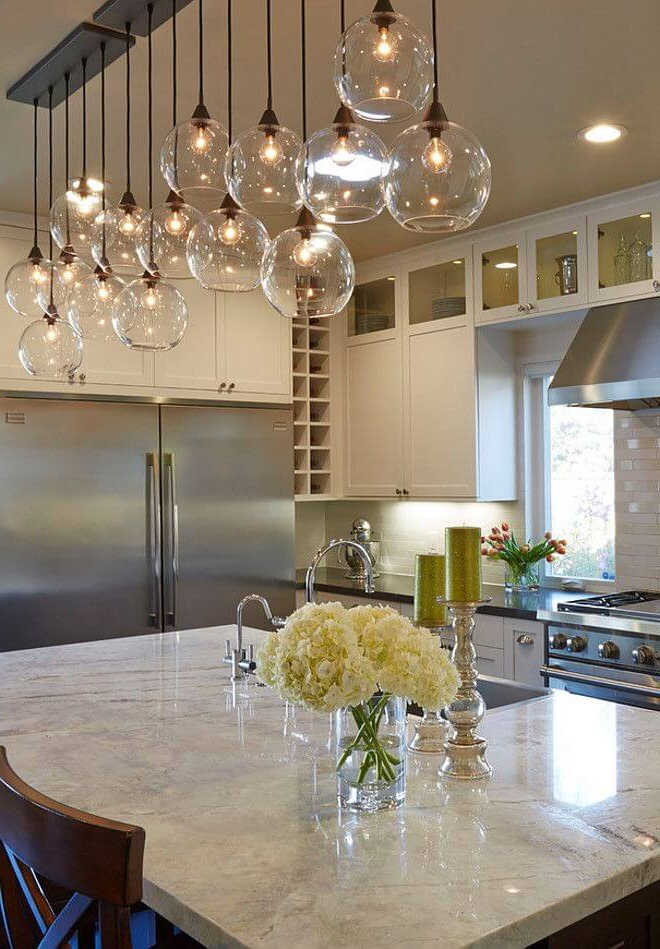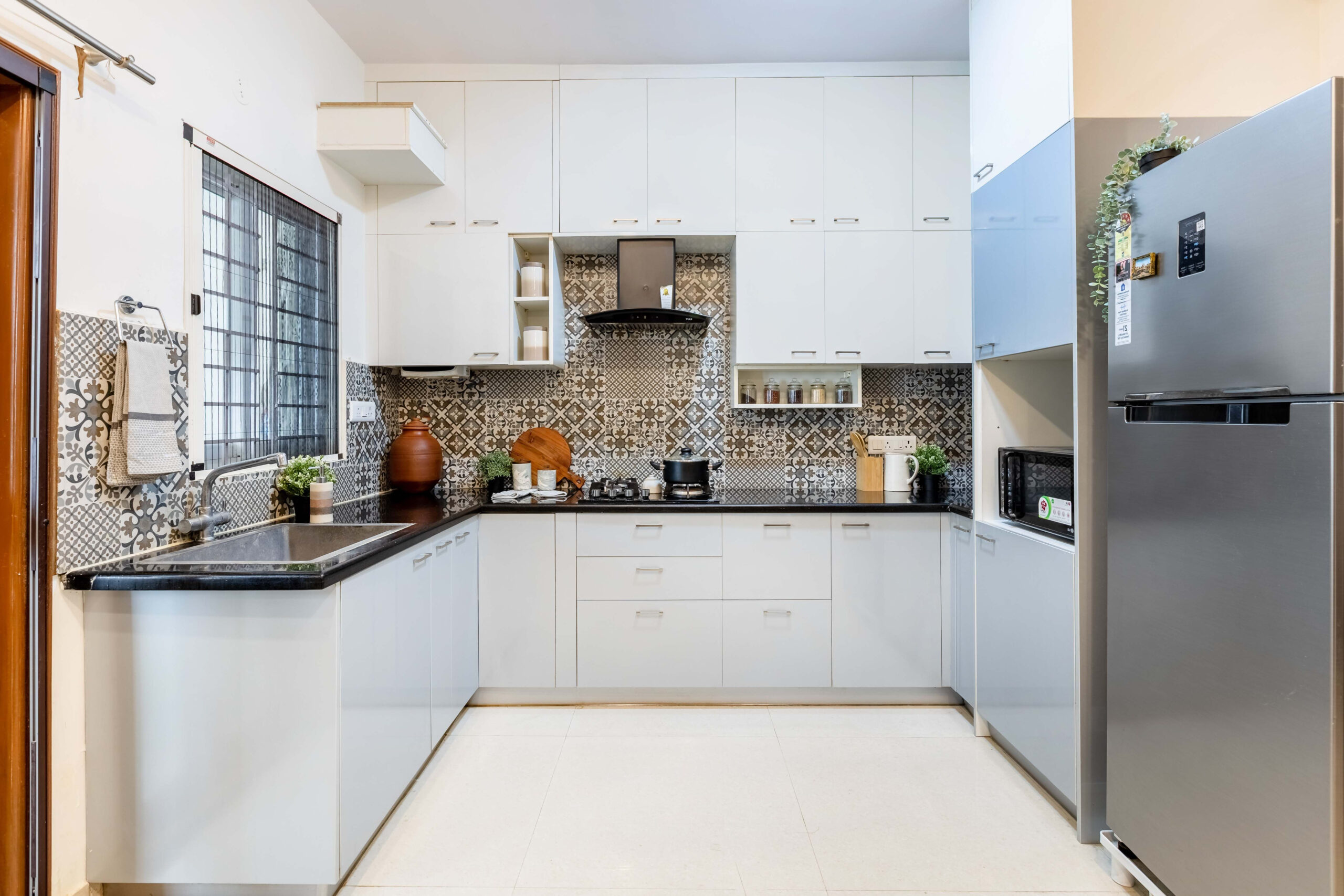Our kitchens are more than just places to prepare food. They’re hubs for family gatherings, quick breakfasts, homework sessions, and late-night snacks. Doesn’t such a vital space deserve lighting that’s as smart and versatile as your life? Let’s dive into how thoughtful, modern lighting can truly revolutionize your kitchen experience.
Remember those old kitchens with just one harsh overhead light? We’ve come a long way, haven’t we? Today, our kitchens are dynamic spaces, and our lighting should be too. Smart lighting isn’t just about turning lights on and off with your phone; it’s about creating an environment that adapts to your needs. Imagine dimming the lights for a cozy dinner, brightening them for intricate meal prep, or even setting mood lighting for entertaining guests, all with a tap or a voice command. It’s about adding layers of light that serve purpose and pleasure, making your kitchen not just functional, but truly a joy to be in. Let’s explore how you can bring this intelligent illumination into your own culinary haven.
Why Smart Lighting is a Game-Changer for Your Kitchen
So, what makes lighting ‘smart’ and why should you care? It’s all about control and customization. Unlike traditional fixtures, smart lights offer a spectrum of benefits that go far beyond simple illumination. Think about the versatility: you can adjust the brightness (dimming or brightening), change the color temperature (from warm, cozy tones to crisp, cool daylight), and even select different colors for a bit of fun or to match your decor. This level of control means your kitchen lighting can be tailored for every task and every mood. Need focused light for chopping vegetables? Done. Want a soft glow for a relaxed evening? Easy. Plus, many smart systems integrate with other smart home devices, opening up a world of automated possibilities. It’s an upgrade that pays dividends in convenience and ambiance.
Layering Light: The Secret to a Functional and Inviting Kitchen
A truly well-lit kitchen isn’t about one big light source. It’s about using different types of lighting strategically, and smart technology makes this easier than ever. We’re talking about layers.
- Ambient Lighting: This is your general, overall illumination. Think of recessed ceiling lights or pendant lights over an island. With smart bulbs, you can set the perfect brightness and color temperature for everyday use.
- Task Lighting: This is crucial for areas where you do most of your work – countertops, the stove, and the sink. Under-cabinet lighting is a classic example, and smart LED strips can provide bright, focused light exactly where you need it, without glare.
- Accent Lighting: This is for highlighting features, like artwork, a stylish backsplash, or even inside glass-front cabinets. Smart spotlights or even subtle LED strips can add a touch of elegance and personality.
By combining these layers and making them controllable, you create a kitchen that’s both highly practical for cooking and wonderfully inviting for living.
Choosing the Right Smart Lighting Technology
Navigating the world of smart lighting can seem a bit daunting at first, but it boils down to a few key types of technology:
- Smart Bulbs: These are the most popular and easiest to install. You simply screw them into your existing fixtures, connect them to your Wi-Fi network (usually via an app), and you’re good to go. Brands like Philips Hue, LIFX, and Wyze offer a wide range of options.
- Smart Switches and Dimmers: If you prefer to keep your existing fixtures but want smart control, these are for you. A smart switch replaces your regular wall switch, allowing you to control the connected lights through an app or voice commands. Dimmers offer the added benefit of brightness control.
- Smart Plugs: For lamps or other plug-in lighting, smart plugs are a simple solution. Plug your lamp into the smart plug, and you can control it remotely.
When choosing, consider your budget, the complexity you’re comfortable with, and whether you want to integrate with existing smart home systems like Alexa, Google Assistant, or Apple HomeKit. Most systems are pretty user-friendly, and the setup is usually straightforward.
Practical Tips for a Smart Kitchen Lighting Upgrade
Ready to make the switch? Here are some practical steps to get you started:
- Assess Your Current Lighting: Walk through your kitchen at different times of the day. Where are the dark spots? Where is the light too harsh? What tasks do you perform in each area?
- Prioritize Task Lighting: Start with areas where you do the most prep work. Under-cabinet LED strips are a fantastic and relatively inexpensive upgrade that makes a huge difference.
- Consider Color Temperature: For general lighting, a warm white (around 2700K-3000K) often creates a cozy atmosphere. For task lighting, a cooler white (4000K-5000K) can be more energizing and help with visibility. Many smart bulbs let you adjust this.
- Think About Control: Do you want app control, voice control, or both? Decide if you want to control individual bulbs or entire circuits with smart switches.
- Start Small: You don’t have to do everything at once. Begin with a few smart bulbs in your most-used fixtures and expand from there as you get comfortable.
- Don’t Forget Aesthetics: Pendant lights over an island can be both functional and decorative. Smart bulbs in these fixtures allow you to change their color and brightness to suit the occasion.
Beyond Functionality: Setting the Mood with Color
One of the most exciting aspects of smart lighting is the ability to play with color. While you might not want vibrant blue light for chopping onions, imagine the possibilities for entertaining or simply creating a different vibe. Many smart bulbs can produce millions of colors. You can set a warm, inviting glow for a dinner party, a subtle, calming hue for a relaxed evening, or even sync your lights with music for a bit of fun. Some systems even offer ‘scenes’ – pre-programmed lighting settings for different activities like ‘Movie Night,’ ‘Reading,’ or ‘Party.’ This adds a whole new dimension to your kitchen, turning it into a space that’s not just about cooking, but about experiencing and enjoying.
Energy Efficiency and Long-Term Savings
Beyond the convenience and aesthetic benefits, smart lighting, particularly when using LED technology, is incredibly energy-efficient. LEDs consume significantly less power than traditional incandescent bulbs, and when you combine this with smart controls, the savings can really add up. Think about lights that automatically turn off when you leave a room (with motion sensors, in some systems) or dim themselves when full brightness isn’t needed. This not only reduces your electricity bill but also contributes to a more sustainable home. Plus, LED bulbs have a much longer lifespan, meaning fewer replacements and less waste. It’s an investment that’s good for your wallet and good for the planet.
Transforming your kitchen with smart lighting is more than just a tech upgrade; it’s about enhancing your daily life. It’s about creating a space that’s perfectly tailored to your needs, from the most demanding culinary tasks to the most relaxed moments with loved ones. With the versatility of dimming, color temperature adjustment, and even color options, coupled with the convenience of app and voice control, your kitchen can become a truly dynamic and responsive part of your home. So, why not start exploring the possibilities? A brighter, smarter, and more inviting kitchen awaits.















